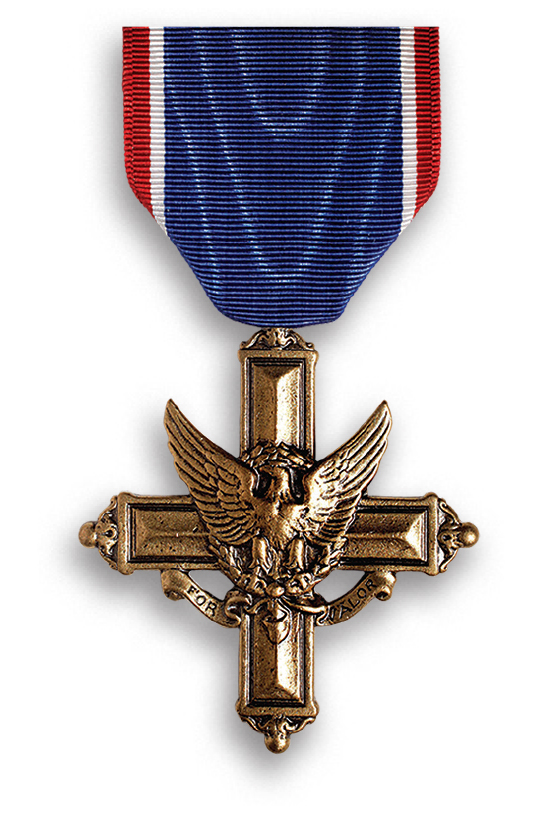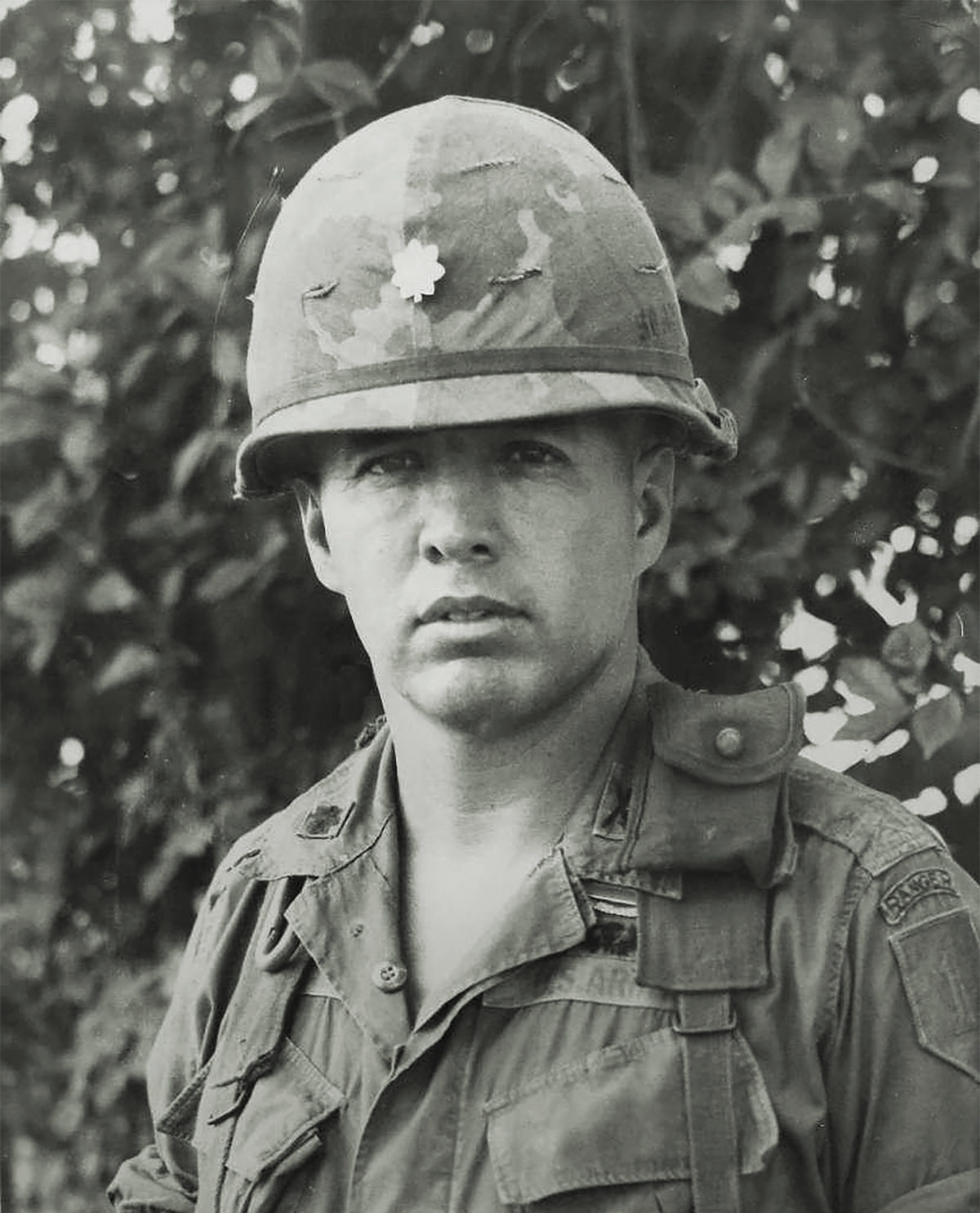Richard Edward Cavazos, born Jan. 31, 1929, was a sixth-generation Texan of Mexican American descent related to Francita Alvarez, known as the “Angel of Goliad” for persuading a Mexican officer not to kill Texas prisoners of war in the Goliad Massacre of 1836 during the Texas Revolution. Cavazos was born in Kingsville and grew up on the King Ranch, where his father, a World War I veteran, was employed.

Cavazos entered Texas Technological College (now Texas Tech University) and graduated in 1951, two years behind older brother Lauro, who became secretary of education under President Ronald Reagan and was the first person of Hispanic descent to serve in a president’s Cabinet.
Richard Cavazos went to college on a football scholarship, but his hopes for a football career ended when he broke a leg during his sophomore year. He enrolled in the Army ROTC and was commissioned as a distinguished graduate. After basic officer training at Fort Benning, Georgia, and jump school, he deployed to Korea in 1952 as a first lieutenant in Company E of the largely Puerto Rican 65th Infantry Regiment, 3rd Infantry Division.
On Feb. 25, 1953, Cavazos saw a wounded enemy soldier near his position and ran alone through a blanket of hostile fire to return with a valuable prisoner. For his actions he was awarded a Silver Star. Four months later, on June 14, 1953, Cavazos led his company through a heavy barrage in three different assaults on an enemy position, each time destroying vital personnel and equipment. When the company withdrew, he remained behind alone to locate and evacuate five wounded comrades. These heroics resulted in a Distinguished Service Cross.
Cavazos returned to combat 14 years later as a lieutenant colonel commanding the 1st Battalion, 18th Infantry Regiment, 3rd Brigade, 1st Infantry Division, in Vietnam. On Oct. 30, 1967, near Loc Ninh, north of Saigon about 12 miles from Cambodia, one of his companies came under fire on a hillside during a reconnaissance mission.
The colonel led his other elements forward to aid the company under assault. While continuously exposed to enemy fire and shrapnel from exploding grenades, Cavazos directed his troops in a counterattack. As enemy soldiers left their fortified positions, he called in airstrikes and artillery fire to cut off their line of retreat before personally leading an assault on the enemy positions.
Cavazos was awarded a second Distinguished Service Cross. The citation states: “When the fighting reached such close quarters that supporting fire could no longer be used, he completely disregarded his own safety and personally led a determined assault on the enemy positions. The assault was carried out with such force and aggressiveness that the Viet Cong were overrun and fled their trenches. Colonel Cavazos then directed artillery fire on the hilltop, and the insurgents were destroyed as they ran.”
GET HISTORY’S GREATEST TALES—RIGHT IN YOUR INBOX
Subscribe to our HistoryNet Now! newsletter for the best of the past, delivered every Wednesday.
Before his tour in Vietnam ended, Cavazos received another Silver Star. In addition to getting two Distinguished Service Crosses and two Silver Stars in two wars, Cavazos collected a Distinguished Flying Cross, five Bronze Stars, including at least one for valor, and the Purple Heart. He was also authorized a Combat Infantryman’s Badge with one star, which denoted service as an Army infantryman in two wars.
In 1976 Cavazos was appointed a brigadier general, becoming the first Hispanic American general in the U.S. Army. Six years later he received his fourth star, again making history.
After more than 30 years of service, he retired in 1984. Throughout his military career, Cavazos claimed San Antonio as his home, the place where his wife lived and his four children grew up. He died on Oct. 29, 2017, and was buried at San Antonio’s Fort Sam Houston National Cemetery.
In 2021, Congress created a commission to recommend new names for Army bases that honor Confederate leaders, including Fort Hood, a Texas base memorializing Gen. John Bell Hood. The recommendations, announced in May 2022, would rename that base to honor Cavazos.
historynet magazines
Our 9 best-selling history titles feature in-depth storytelling and iconic imagery to engage and inform on the people, the wars, and the events that shaped America and the world.






